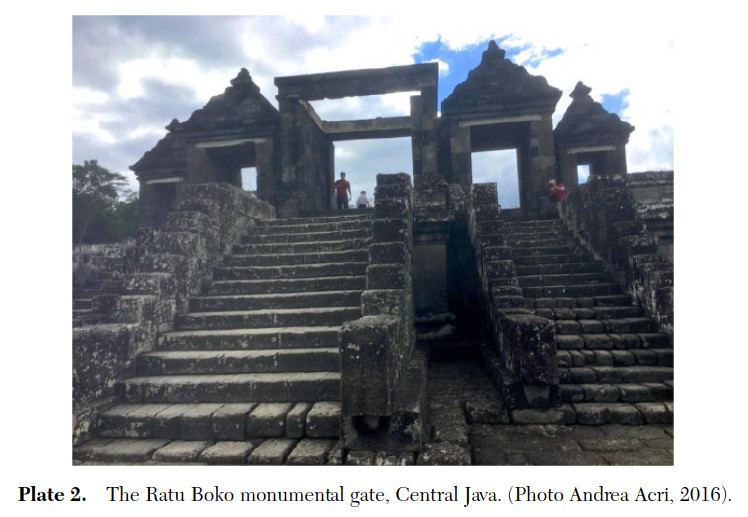Andrea Acri. 2018. ‘The place of Nusantara in the Sanskritic Buddhist Cosmopolis’. TRaNS: Trans-Regional and -National Studies of Southeast Asia 6 (2), pp. 139-166. doi:10.1017/trn.2018.5 [academia]

From the Abstract
This article synthesizes and links together evidence published thus far in secondary literature in order to highlight the contribution of Nusantara to the genesis and circulation of various forms of Sanskritic Buddhism across Asia from the fifth to the fourteenth century. It places particular emphasis on its expansion via maritime routes.
Archaeological vestiges and textual sources suggest that Nusantara was not a periphery, but played a constitutive, Asia-wide role as both a crossroads and terminus of Buddhist contacts since the early centuries of the Common Era. Sumatra, Java, and the Malay Peninsula hosted major centres of Buddhist worship and higher learning that were fully integrated into the trans-Asian maritime network of trade, diplomacy, and pilgrimage. Frequented by some of the most eminent Buddhist personalities of their times, who prompted doctrinal and cultic developments in South and East Asia, Nusantara may have exerted an influence on paradigms of Sanskritic Buddhism across Asia, rather than being a passive recipient of ideas and practices.

